July, and the morning sun blazes over fields of pick-your-own strawberries. The black bears scope out the blueberry patches in the national parks. Skin-destroying raspberry canes trail across the path, ready to spring out and scratch the faces of passers-by.
The berrying season is upon us: scratched faces and stained clothing are on the cards. Have you ever seen a child pack a handful of wild raspberries away into a shirt pocket for safe keeping? I hope so. It’s one of the joys of life. Their faces, on seeing the inevitable results, are completely worth the ruined outfit.
However, if you don’t have any young relatives to cheer you up with their berrying misadventures, pick-your-own farms aren’t just pick-your-owns but pick-me-ups. There’s something so virtuous about going out to the fields with baskets and pails, filling them with fresh fruit plucked straight from the plant and bringing them home to your family. You feel like a Pilgrim Father (or Mother) surviving off the land. Canny self-reliance – meet frontiersmanship.
It’s a law of nature that once you’re in the field you feel obligated to pick for an hour or so. You aren’t going to go to all that effort for a measly pint of berries, are you? If you were surrounded by gold ingots, would you stop at a handful? And then there’s the peer pressure of your fellow pickers. They obviously know what’s up – look at their professional bandanas – and they’re filling bucket after gallon bucket. How can you help but do the same?
Strawberry freezer jam for me represents the taste of one childhood summer spent at the lake
When you get home, you survey the heaps of glowing, red, sun-ripened strawberries on the counter with great satisfaction: the literal fruits of your labors. Your kitchen never looked so good. The first evening you have them with a little cream for dessert, savoring their sweet deliciousness. In the morning, you add them to yogurt.
You take a few for lunch. You make a strawberry rhubarb pie. If you’re really on a roll, you make strawberry ice cream. And then the righteous glow begins to fade. The strawberries start going dark in patches. Their once-glossy surfaces wilt, the little yellow seeds shrink back into the skin. You contemplate the scene with the creeping feeling that you may have overdone it a little on the picking.
Real domestic divas would, of course, have immediately hulled and frozen three-quarters of their harvest on returning home, apportioning it into neatly labeled Ziploc bags to supply the family with fruit for the rest of the calendar year. But if, like me, you didn’t do that, you’re now three days in thinking, “What on earth am I going to do with all this fruit?”
The answer? Jam. Like charity, it covers a multitude of sins. It matters not how tired your strawberries, how sad your raspberries, how droopy your blueberries. In jam, their shortcomings are hidden and their best selves brought to light and preserved, maybe not for posterity, but at least for Sunday breakfast.
Jam is an umbrella term for a whole family of toast toppings. Technically, jam is made with crushed fruit; jelly is made with the juice strained from fruit and preserves are made with whole fruit. They all contain added sugar, which is important since it acts as a preservative and helps the pectin gel more firmly. Without added sugar, they turn into fruit spreads. If you purée them, presto, they turn into fruit butter.
All these preparations require cooking. But there’s one kind of jam that doesn’t: freezer jam. It’s often recommended as the place to start in the world of preserves, because the process is a bit less intimidating. It’s also fast to make. And, best of all, it’s delicious.
When I think back over the homemade jams I’ve enjoyed in the past, one stands head and shoulders above the rest: strawberry freezer jam, the taste of one childhood summer spent at the lake. We had it on toast in the morning and on salty soda crackers in the afternoon, and we couldn’t get enough of it. We used to check the freezer to see how many jars we had left.
It was just like eating crushed sugared strawberries fresh off the plant: pure heaven. Because the berries aren’t cooked, the strawberry flavors stay much fresher than traditional jam. The color stays bright red for the same reason. Blue sunlit water and fragrant, bright red jam: summer bliss.
Do children steal jam anymore? Or is that a thing of the past? In one of the Anne of Green Gables books – Anne of Avonlea – an enterprising young lad named Davy is discovered up to his ears in a jar of Marilla’s famous yellow plum preserves. Anne sits him down for a talk. “Davy Keith, don’t you know that it is very wrong of you to be eating that jam, when you were told never to meddle with anything in that closet?”
“Yes, I knew it was wrong,” admits Davy uncomfortably, “but plum jam is awful nice, Anne. I just peeped in and it looked so good I thought I’d take just a weeny taste. I stuck my finger in and licked it clean. And it was so much gooder than I’d ever thought that I got a spoon and just sailed in.”
After a firm lecture, Davy repents and accepts the rules on jam in this world. But he holds out hope for the next. “Anyhow, there’ll be plenty of jam in heaven, that’s one comfort,” he says, complacently. Anne is a bit puzzled at that one.
“Why, it’s in the catechism,” says Davy.
“Oh, no, there is nothing like that in the catechism, Davy,” says Anne.
“But I tell you there is,” persists Davy. “It was in that question Marilla taught me last Sunday. ‘Why should we love God?’ It says, ‘Because He makes preserves, and redeems us.’ Preserves is just a holy way of saying jam.”
Some technicalities, both of grammar and culinary jargon, may have escaped Davy. But his heart is most definitely in the right place – along with his taste in jam.
This article was originally published in The Spectator’s July 2025 World edition.



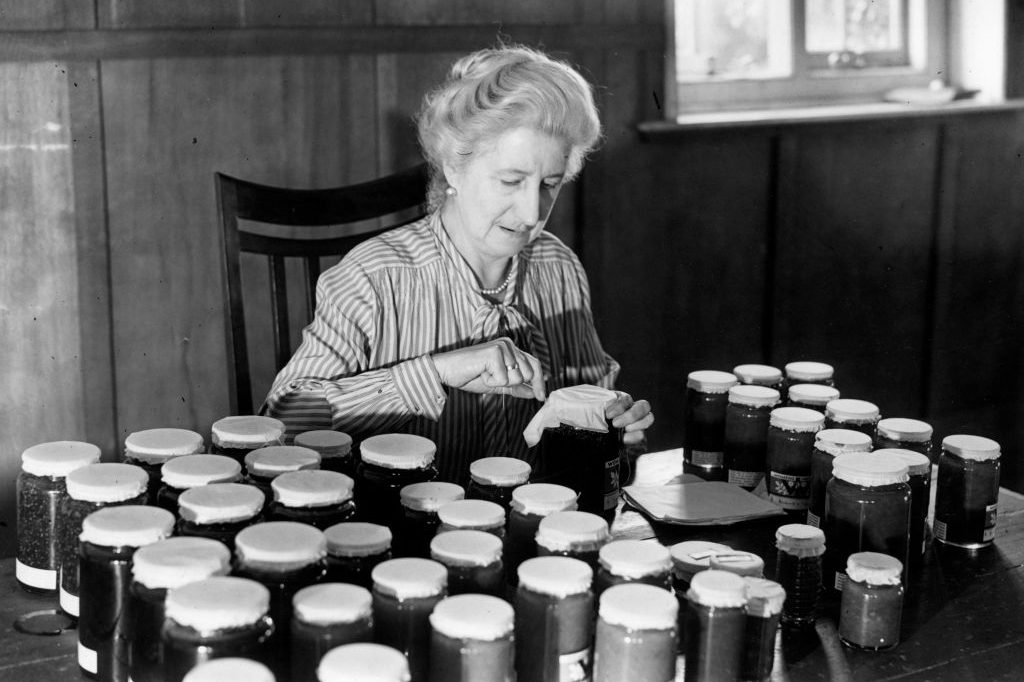







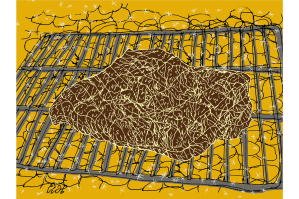



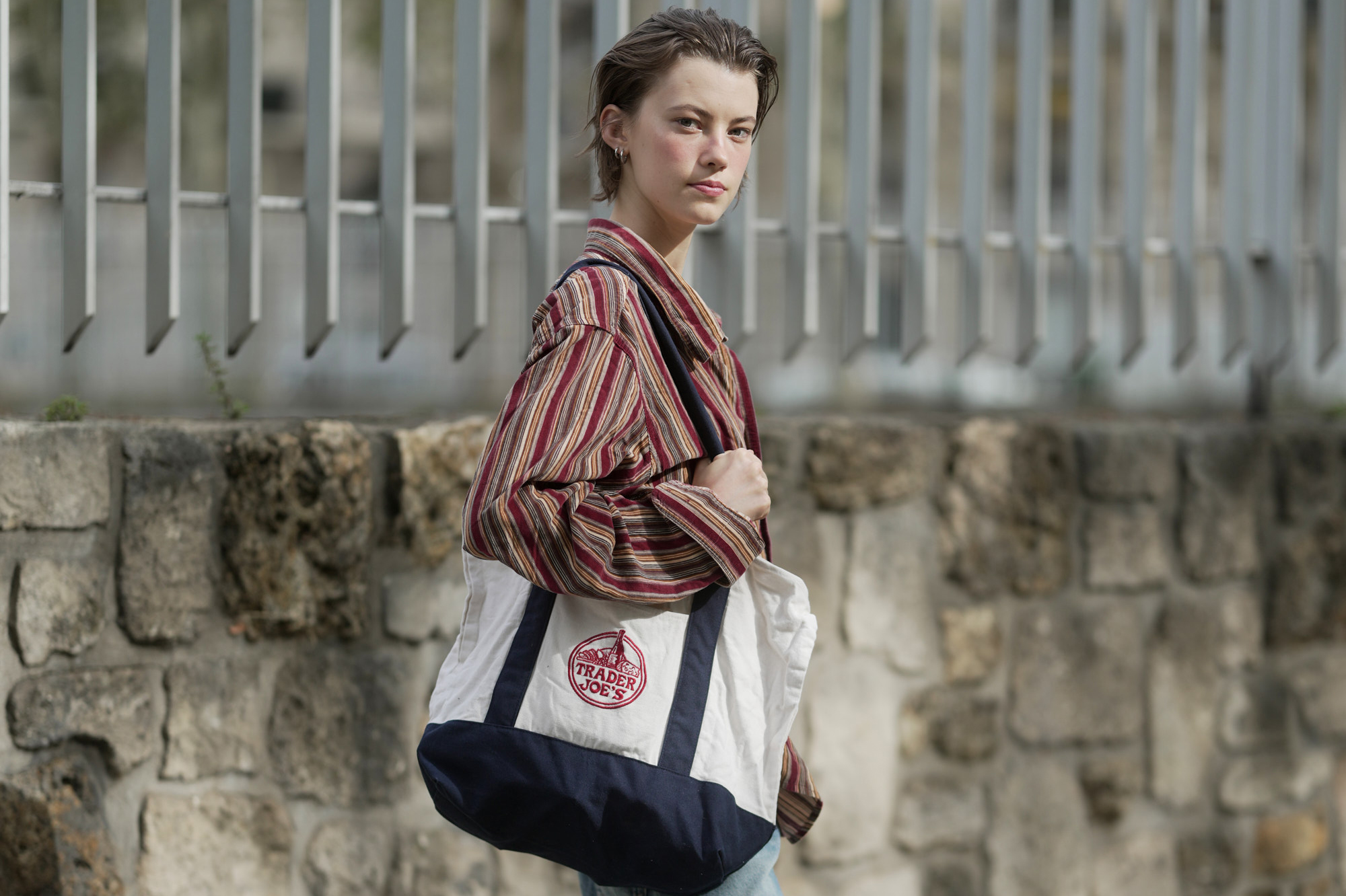
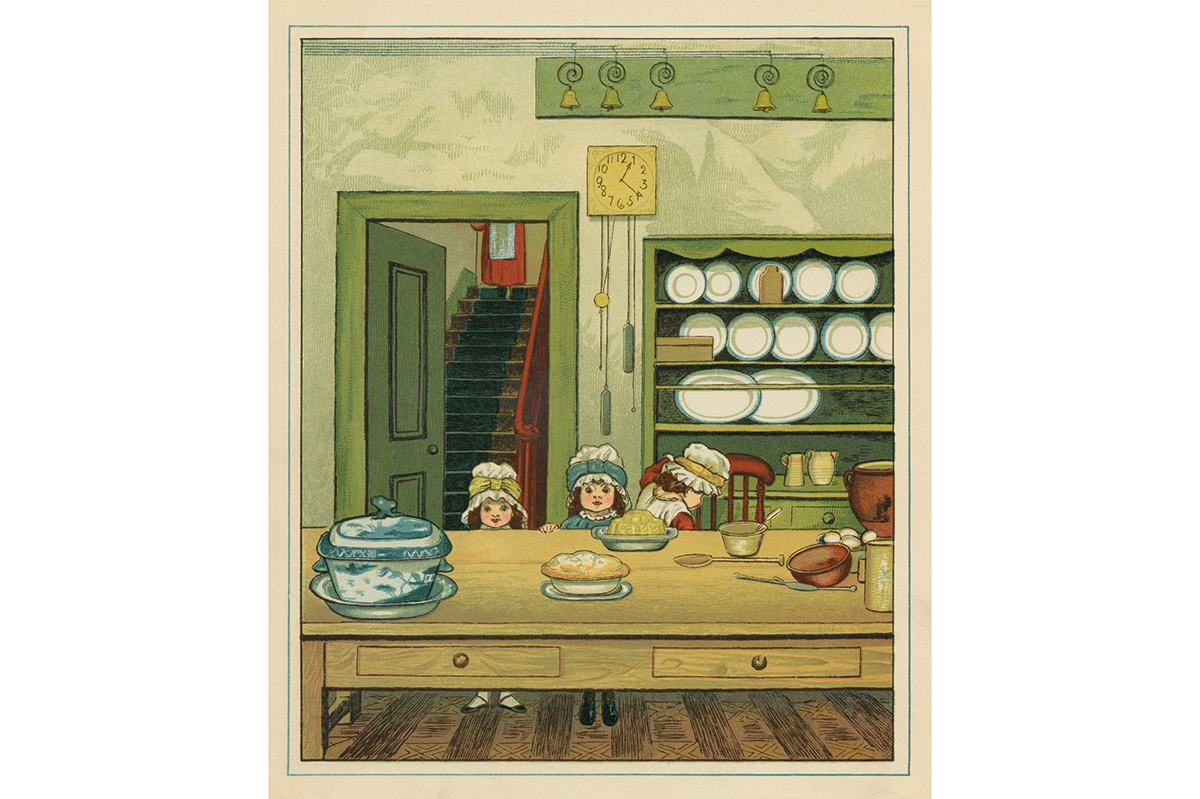
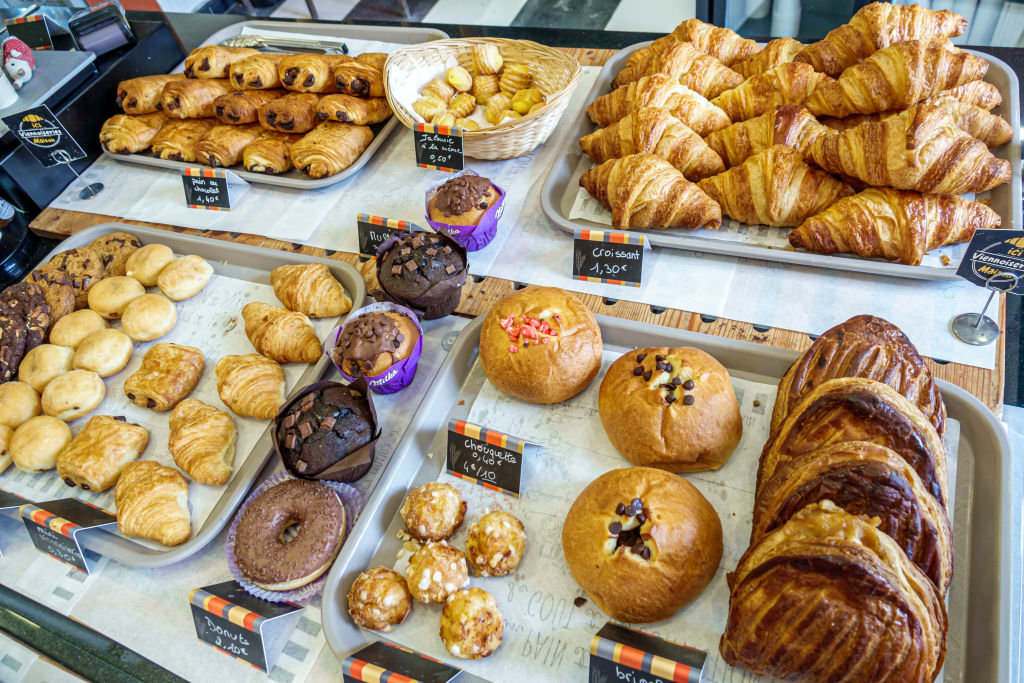
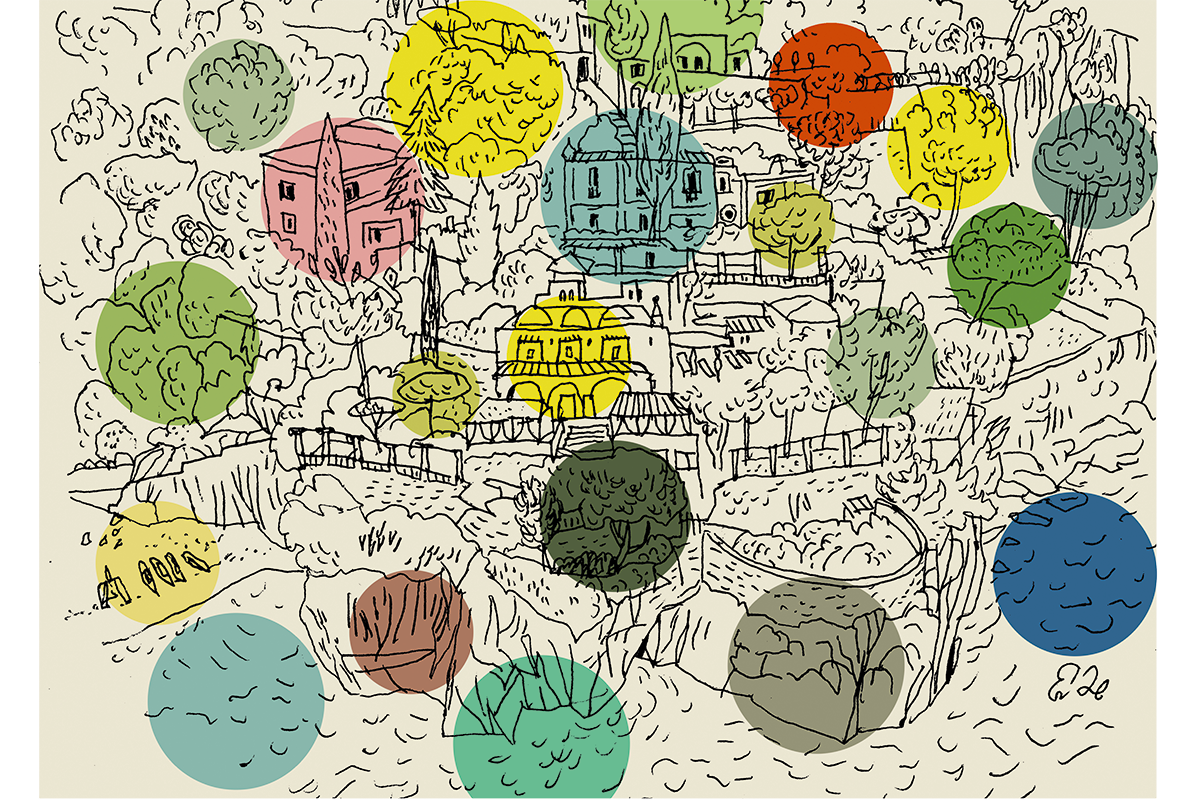







Leave a Reply